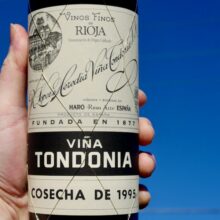
Product information
R. López de Heredia Viña Tondonia Gran Reserva 1995
Red Blend from Spain, La Rioja
$1,090
Description
Tasting the 1994 in May 2023 I was lost in the glass with the delicacy, perfume, vibrant red fruit, perfectly poised acid tannin complex. The sophistication, elegance and intoxicating perfume of the wine, simply astonishing. All from a wine held in barrel for 8 years and further 10 in bottle before release!
The only current red Gran Reserva is the 1995 Viña Tondonia Gran Reserva, the one that is produced exactly the same as before, including fining with egg whites and sealing with red wax. 1995 was an excellent and early harvest, the grapes achieved full ripeness and were harvested under the sun during two weeks starting October 9. The wine, which exceptionally achieved 13% alcohol, is the usual blend, 80% Tempranillo, 15% Garnacho and Graciano and, 5% Mazuelo (Cariñena). Like all their wines, it fermented with indigenous yeasts in old oak vats and as a Gran Reserva it matured in old American oak barrels for ten years! Yes, it was bottled in November 2006 and launched in 2015, a full 20 years after the harvest. This light-colored, ethereal 1995 is the essence of Viña Tondonia. It has developed aromas and complexity gained with the time in bottle, of incense, leather, cured meat, cherries in liqueur, cold bonfire and spices. The palate is super-tasty, with fully-resolved tannins and very good acidity. The texture is super-fine, sophisticated and ethereal with gob-smacking balance. Intense, powerful and elegant, too. Hard to believe, but this red feels too young and while approachable, I’d wait a couple of years or more because it will be much better. The profile follows the style of the great classics of the 1950s and 60s. Bottles like this are the ones that created the López de Heredia myth. This could be lighter than the 1994, but in the long run I believe the 1995 will be the better bottle. 24,687 bottles produced. Anticipated maturity: 2015-2035.
Luis Gutiérrez, The Wine Advocate 97 Points (for this bottle) tasted Apr 2015
Only 1 left in stock
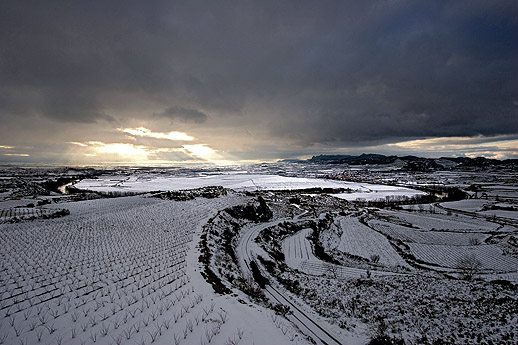





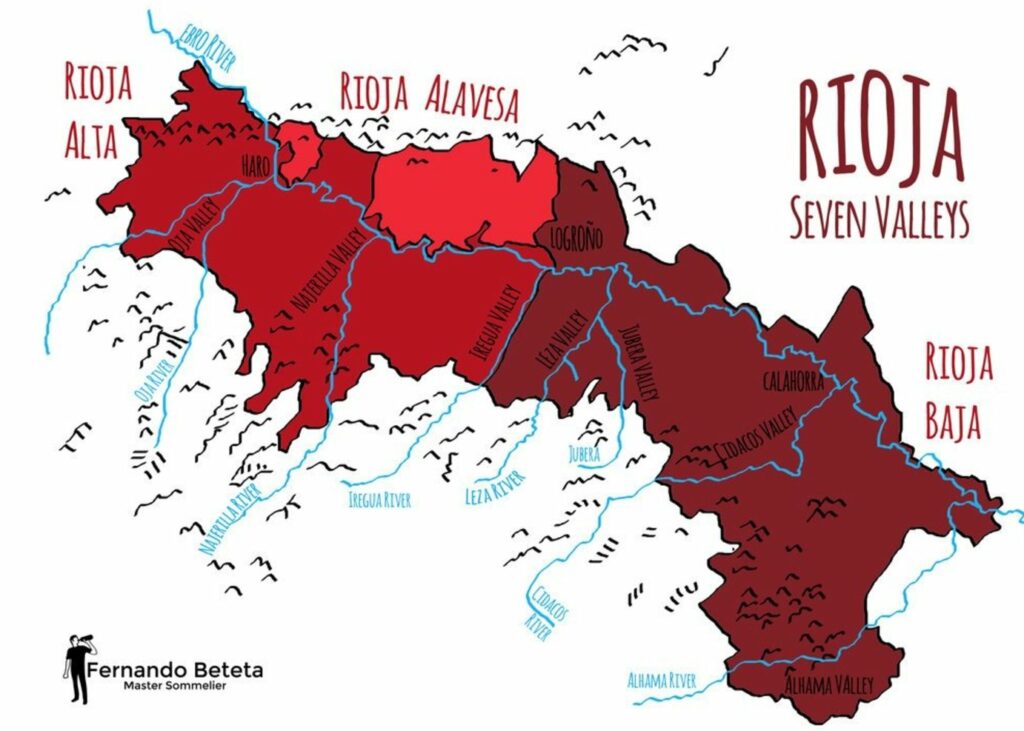
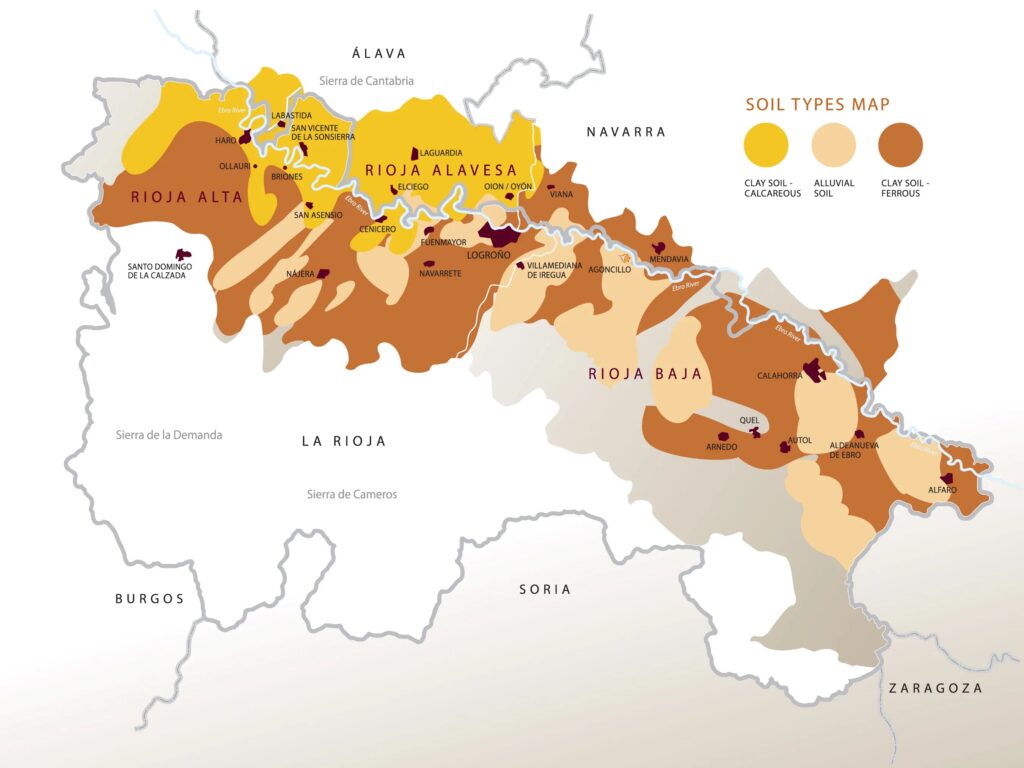
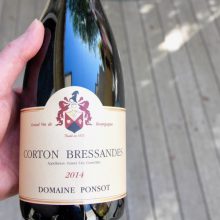
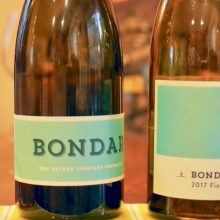
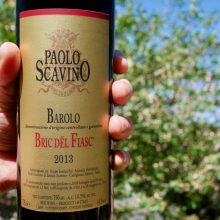
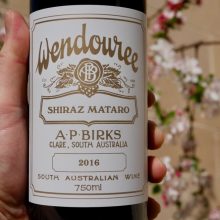
You must be logged in to post a comment.